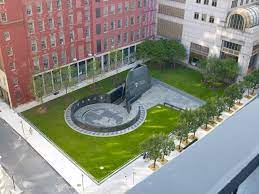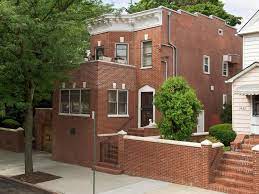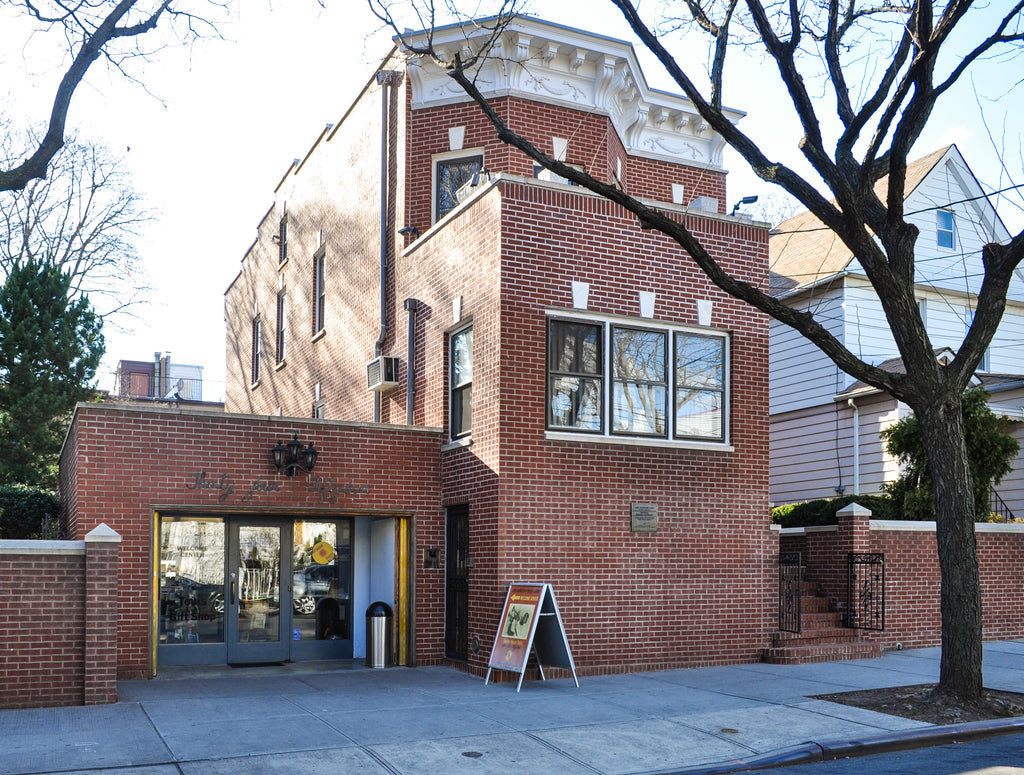Historical landmarks and museum exhibits are some of the main ways we learn Black history. There are many around the United States that are dedicated to Black pioneers and heroes, such as Fred Hampton’s Chicago home, Saint Elmo Brady’s National Historic Chemical Landmark, and Rosa Park’s statue in Montgomery, Alabama. Pieces of our history are still being acknowledged today; Ruth W. Whaley, the first Black woman to practice law in the state of North Carolina, was honored with a historical marker, a New Jersey Heritage Trail is in the works, and there was a recent unveiling of Dr. Mary McLeod’s statue. In New York, however, there are a number of landmarks and museums that you can visit if you want to learn more Black history. Below are 5 that you should consider, courtesy of Thrillist:
 Photo: BLKReader
Photo: BLKReader
1. Little Caribbean
In 2017, Shelley Worrell created the caribBEING movement to have the neighborhood renamed Little Caribbean. This area includes Flatbush, Church, Nostrand, and Utica Avenue and is known as “the largest and most diverse Carribean-American-LatinX community outside of the West Indies,” making up 20% of New York City’s population. The area is home to a wide range of people, restaurants and small businesses. Caribbean culture is often amplified and celebrated in this area, especially through festivals. One of the biggest immigrant groups in Flatbush, the Haitian community, was recently commemorated with the renaming of Newkirk Avenue Station to “Little Haiti.”
 Photo: National Park Services
Photo: National Park Services
2. The African Burial Ground National Monument
The African Burial Ground National Monument is located near the Brooklyn Bridge and City Hall in Lower Manhattan, and it’s one of the largest and oldest known excavated burial grounds in North America. With over 10,000 remains of enslaved and free Africans, this burial site represents the role slavery played in building New York City when Africans were brought over by the Dutch in the 1600s. What was once a small area is now a five-acre national historic landmark.
 Photo: Epicsunwarrior
Photo: Epicsunwarrior
3. MoCADA
The Museum of Contemporary African Diasporan Arts (MoCADA) was designed to create social change through performing arts, community events, and art exhibits. Founded in 1999 by Laurie Cumbo, its overall goal was to create an African diaspora museum that contributed to the revitalization of central Brooklyn “economically, socially, politically, and aesthetically.” 2020 marked twenty years of cultural initiatives and a year prior, they celebrated the addition of a new home known as L10.

Photo: Historic Districts Council
4. Archie Spinger Park
Located in southeast Queens is where you can find Archie Spinger Park, formerly known as Addisleigh Park. Developed in the 1930s, this neighborhood of 650 homes went from an all-white neighborhood to “New York City’s premier African-American enclaves” by the early 1950s. This area was home to icons like Lena Horne, Ella Fitzgerald, Jackie Robinson, James Brown, and many more. In 2007, the Historic Districts Council partnered with the Addisleigh Park Civic Organization to launch a project that added architectural and social significant pieces to the land. Brief summaries on each property, documentation of some of Addisleigh Park’s famous natives, and an informational brochure detailing the council’s findings were all added. In 2022, it was renamed to honor Black jazz celebrities.

Photo: Louis Armstrong House Museum
5. Louis Armstrong House Museum
The home of one of the most remarkable entertainers, Louis Armstrong, is available to tour in Corona, Queens. After the death of Lucille Armstrong in 1983, the Louis Armstrong Educational Foundation gave the house to the New York City Department of Cultural Affairs and is currently operated by Queens College. In 2003, the home of Louis and his wife Lucille was preserved as a historic landmark and world-class museum. While touring, you have the opportunity to view Armstrong’s archives and memorabilia. Concerts, film screenings, exhibits, and various workshops are held here to educate and inspire the public.

